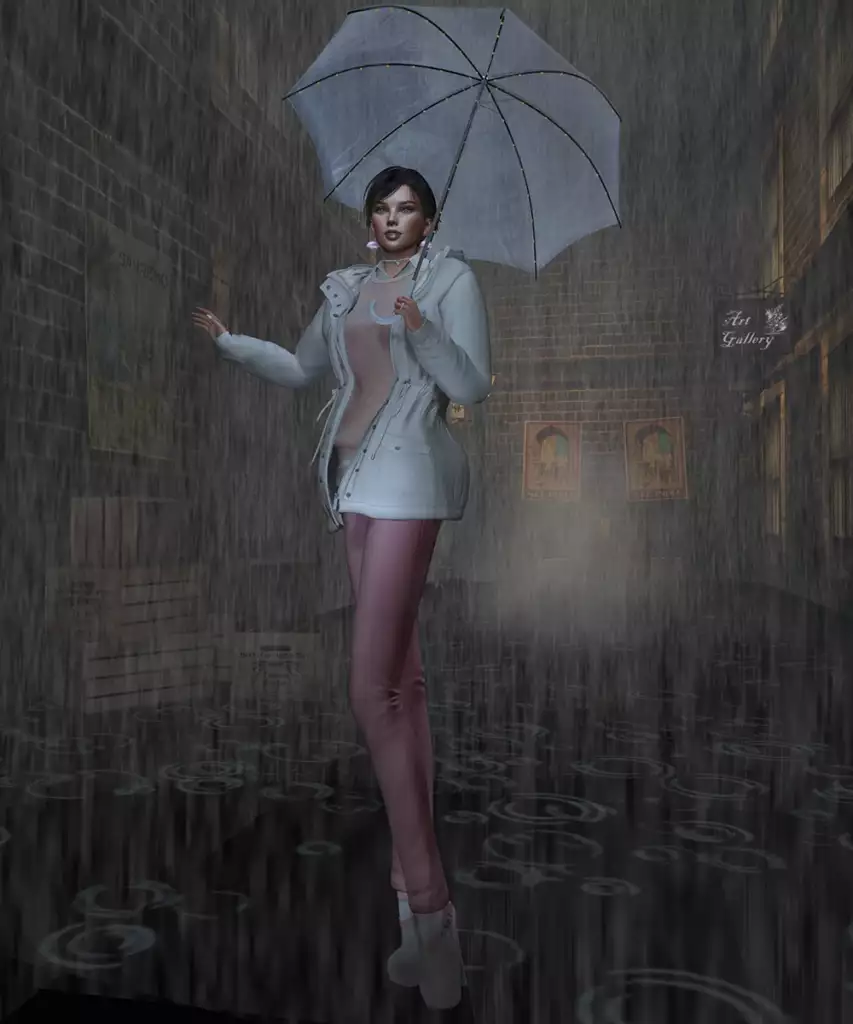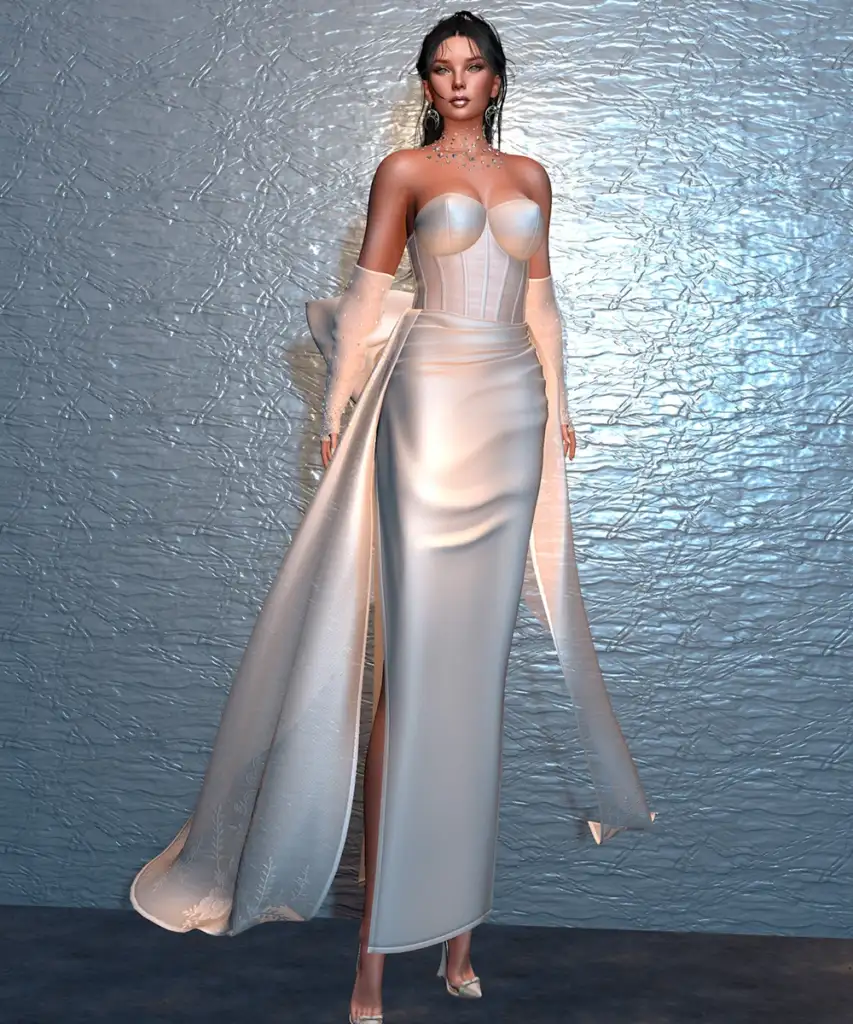


Elegance
After the latest events I have participated in I decided to take a trip on the internet about Elegance.
I came across this article from Vanity Fair Italia that explains what the greatest stylists think about elegance. Since the article is written in Italian I copy it here translated.
After reading some of you should stop and think about the concept of elegance because a truly elegant person can be so even with a garbage bag.
That said: Happy reading!
What is elegance? The greatest stylists tell us
From the definition in the Treccani dictionary to the famous maxims of the most extraordinary names in the fashion industry of yesterday and today: what is elegance? And what really defines it? Let's dissect its meaning by translating the words of Giorgio Armani, Valentino, Yves Saint Laurent, Coco Chanel and many others...
What is elegance?
The Treccani dictionary defines it as follows: "The quality of a person who has both grace and simplicity, and reveals care and good taste without falling into excessive refinement."
A standard definition, of course, which acquires - thanks to fashion and through fashion - infinite other facets.
Because elegance is also the mirror and the medium of the creative vision of the greatest stylists of yesterday and today: let's retrace its (personal) meaning in 10 famous maxims pronounced by designers and creative directors of the most famous brands.
1. Giorgio Armani
Italian Designer
“Elegance doesn’t mean being noticed, it means being remembered”
The sublimation of femininity reigns supreme in Giorgio Armani’s stylistic code. Italian excellence and synonymous with absolute elegance (a quality, among other things, intrinsic to the maison), the creative vision of the now eighty-nine-year-old designer revolves around the idea of a simple yet sophisticated elegance, which garners appreciation and amazement that are not fleeting, but rather long-lasting.
Just like his aesthetic, which transcends the passing of seasons and trends.
2. Coco Chanel
French Designer
“Simplicity is the keynote of all true elegance”
Simplicity was the key to the success of Gabriel Chanel, aka Coco.
In an era in which the figure of the woman was strongly relegated to lace, crinolines, corsets and sumptuous and cumbersome hats, Mademoiselle Chanel began to break the rules by proposing herself as an avant-gardist of a trend that every woman would soon embrace. Her intuition and her need for a more practical style, combined with her rebellious spirit, pushed her to shorten her skirts with generous cuts, to wear much softer cocoon silhouettes and to introduce the so-called “boyish” style.
Excess was not well regarded by her: “Before leaving the house, look in the mirror and always take something off“, urged the French couturier.
3. Cristóbal Balenciaga
Spain Designer
“Elegance is elimination”
SIt was the phase of his stylistic maturity that brought his idea of elegance to its maximum expression. Founder of the maison that still bears his surname, Cristóbal Balenciaga was convinced that what made a woman elegant was the fabric, an essential element in the final rendering of his creations. It was the fabric that decided, he only indulged it: this is how some of the most unforgettable dresses were born by the designer born in 1895 in Getaria, a small fishing village in northern Spain. He eliminated the superfluous and let the essence of a dress speak: the fabric.
4. Valentino Garavani
Italian Designer
“Elegance is made of intelligence”
It is an emotional intelligence, which has always distinguished elegance according to Valentino Garavani.
In a famous interview given at the beginning of his career, recently shared on Instagram by his partner and former companion Giancarlo Giammetti (which we reproduce below), the great emperor of fashion underlines how elegance is anything but linked to wealth and the “ostentation of etiquette outside the dress”. It is rather an innate quality: “You are born with elegance, style can also be acquired”.
5. Christian Dior
French Designer
“True elegance is that which goes unnoticed in the subway”
Christian Dior was able to give women a strongly feminine and elegant silhouette through his profound knowledge of the art of tailoring. After the austerity of the Second World War, he literally revived the figure of women: he did so without pomp or ostentation, but rather through the so-called New Look, a term used by the famous journalist Carmel Snow to describe her Fall-Winter 1953/1954 Haute Couture collection.
Dior had just gotten rid of corsets and constricting clothes, in favor of a tacit elegance that still lives today – under the creative direction of Maria Grazia Chiuri – in the peplums and the famous Bar Jacket.
6. Salvatore Ferragamo
Italian Designer
“Elegance and comfort are not incompatible, and anyone who claims otherwise simply doesn’t know what they’re talking about.”
It is no wonder that, in Salvatore Ferragamo’s vision, comfort was not included in the elegance package: the famous “Shoemaker to the Stars”, so renamed after moving to Hollywood in 1928, made the shoes (with heels) of many celebrities.
Many of these are now preserved at the Salvatore Ferragamo Museum in Florence, inaugurated by his wife Wanda in 1995. Comfortable no, but certainly iconic.
7. Jean Paul Gaultier
French Designer
“Elegance is a question of personality, rather than clothing”
Elegance and personality, an essential combination for Jean Paul Gaultier: the French designer, now seventy-one, has surrounded himself throughout his life and career with women who have a lot of personality. And with them he has consecrated some of the most unforgettable fashion moments. Just think of his friendship with Madonna and that with the burlesque dancer Heather Renée Sweet, aka Dita von Teese.
8. Karl Lagerfeld
German Designer
“Elegance is a physical quality. If a woman doesn’t have it naked, she will never wear it.”
The Kaiser of fashion, who was the creative director of Chanel and Fendi, thought just like Valentino Garavani: elegance is an innate quality. Karl Lagerfeld also believed that trends were “the last stage before boredom”, not by chance what he would have liked to invent first was precisely the white shirt, the simplest and most versatile of the genderless wardrobe items.
9. Yves Saint Laurent
French Designer
“Never confuse elegance with snobbery”
Just as Karl Lagerfeld wanted to be the inventor of the white shirt, Yves Saint Laurent wanted to be the inventor of blue jeans. A versatile piece in which he also managed to make women feel elegant.
The designer born in 1936 in Oran, the capital of what was then French Algeria, believed that fashion should be more democratic, less elitist than haute couture: he was in fact the pioneer of the advent of ready-to-wear.
10. Donatella Versace
Italian Designer
“Elegance is always in fashion”
It is a profoundly liberating elegance, that signed Versace: the creative director Donatella has made it her own verb, also in honor of the stylistic legacy of her brother Gianni. Emblematic materials, such as the iconic Oroton metal mesh, are devoted to the service of the expression of such femininity.
But above all, at Versace, it is the creativity that comes from a great sense of freedom that sublimates femininity: Gianni himself claimed not to impose anything, but to propose only choices.

